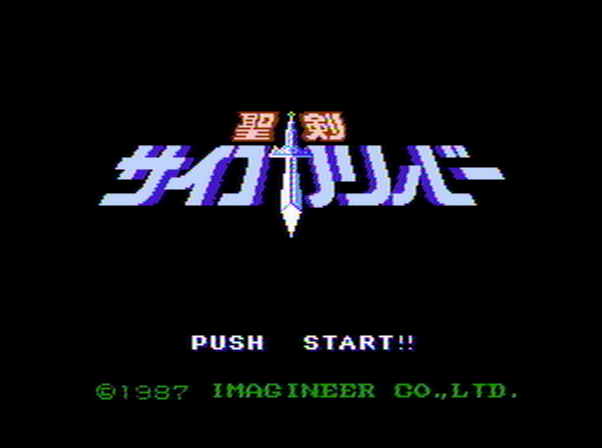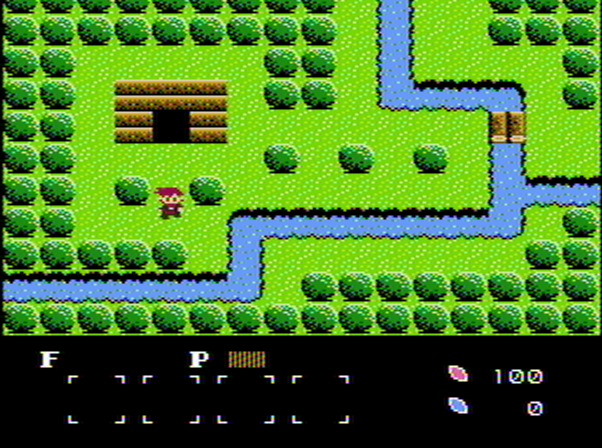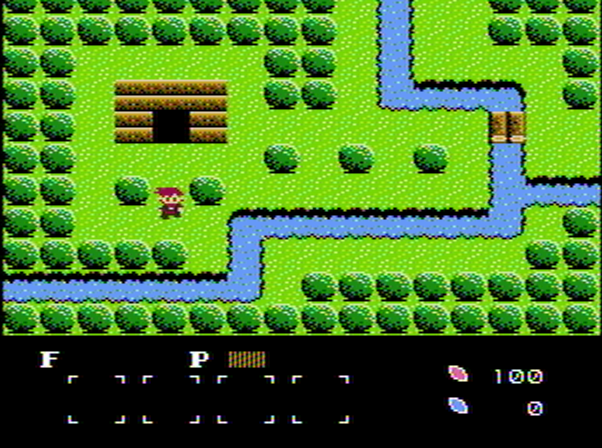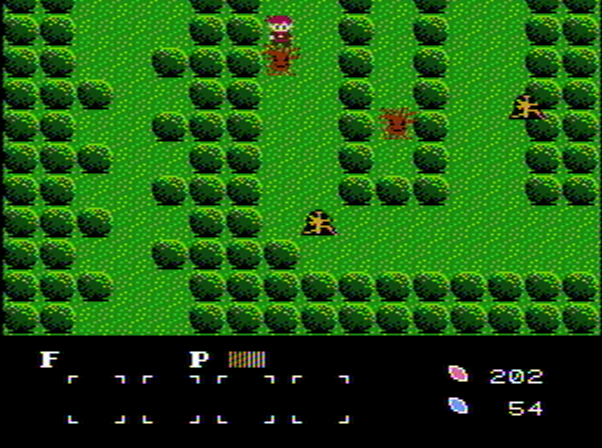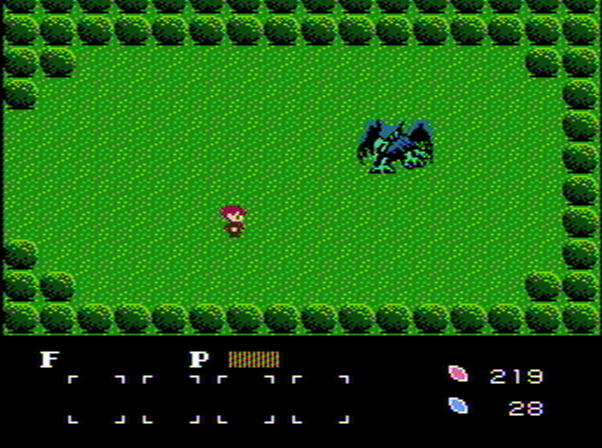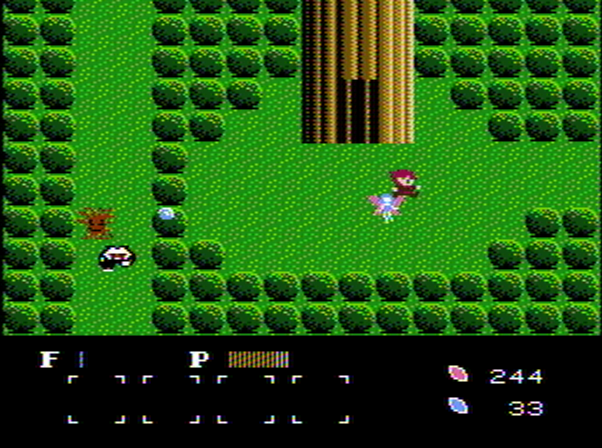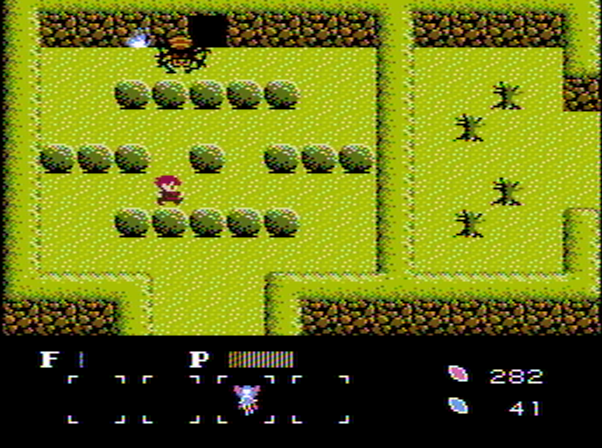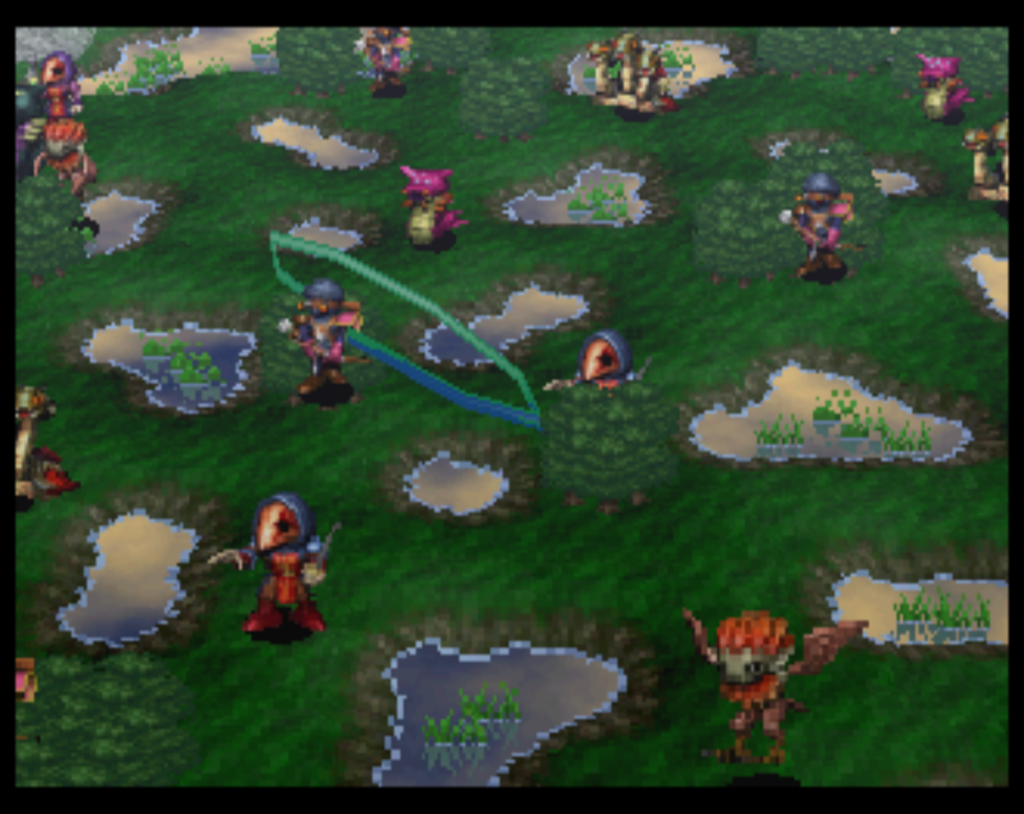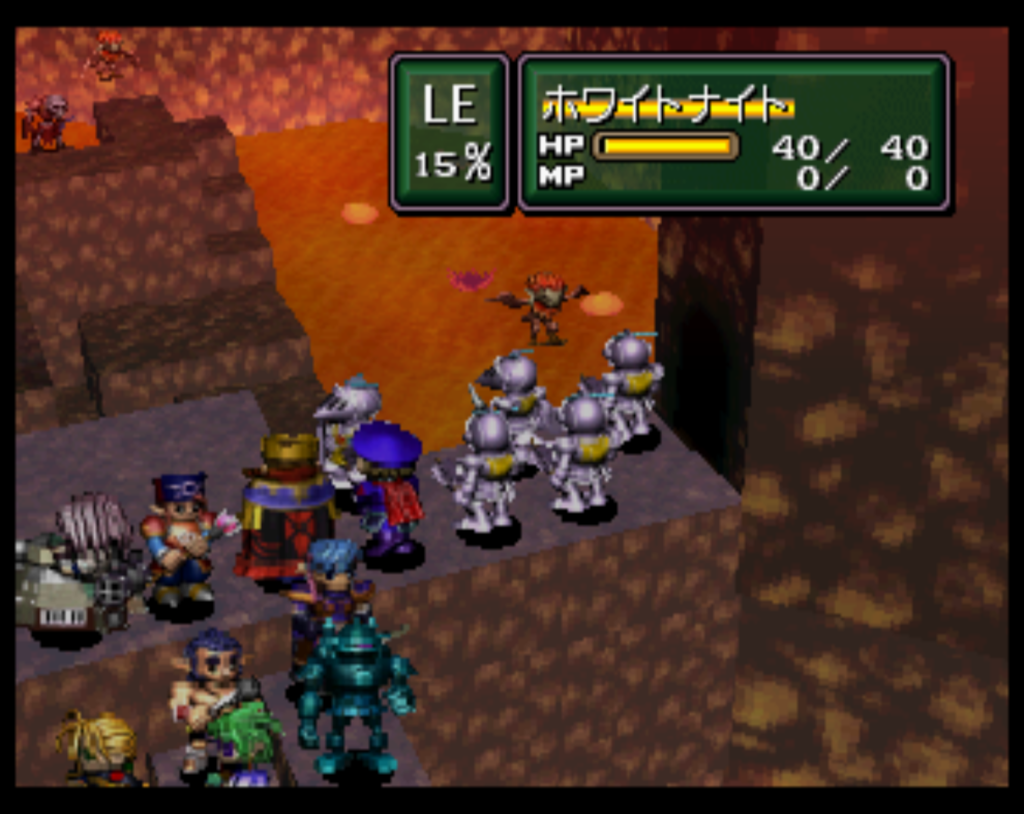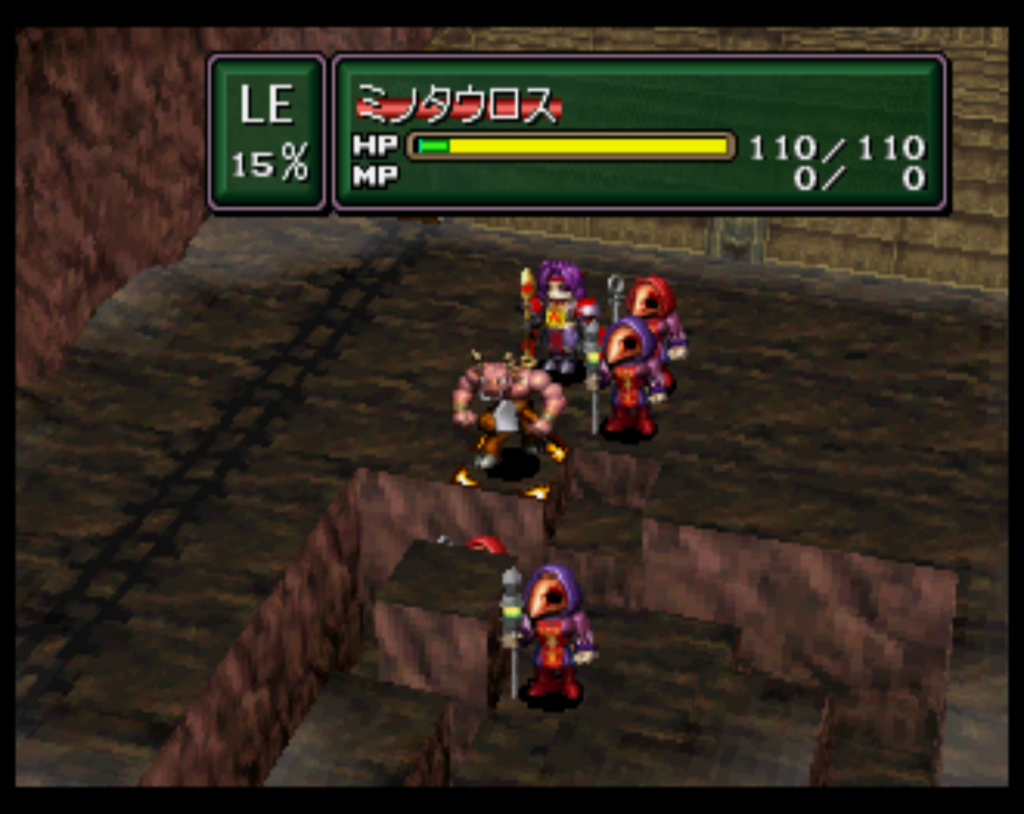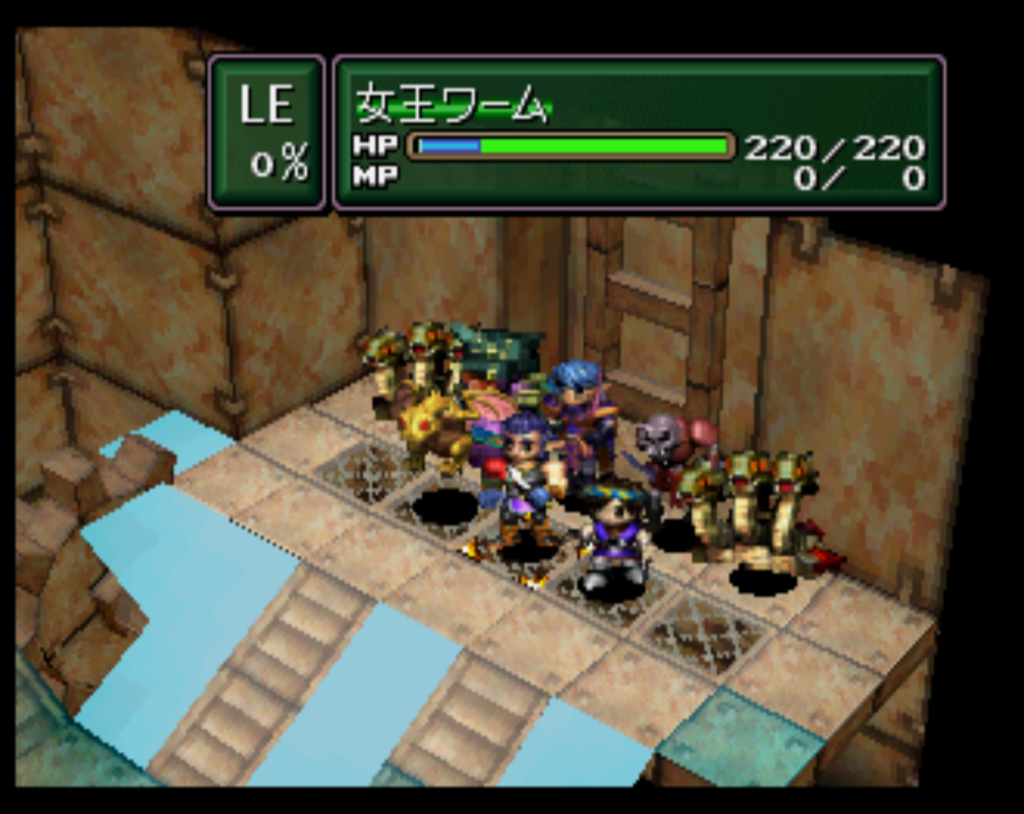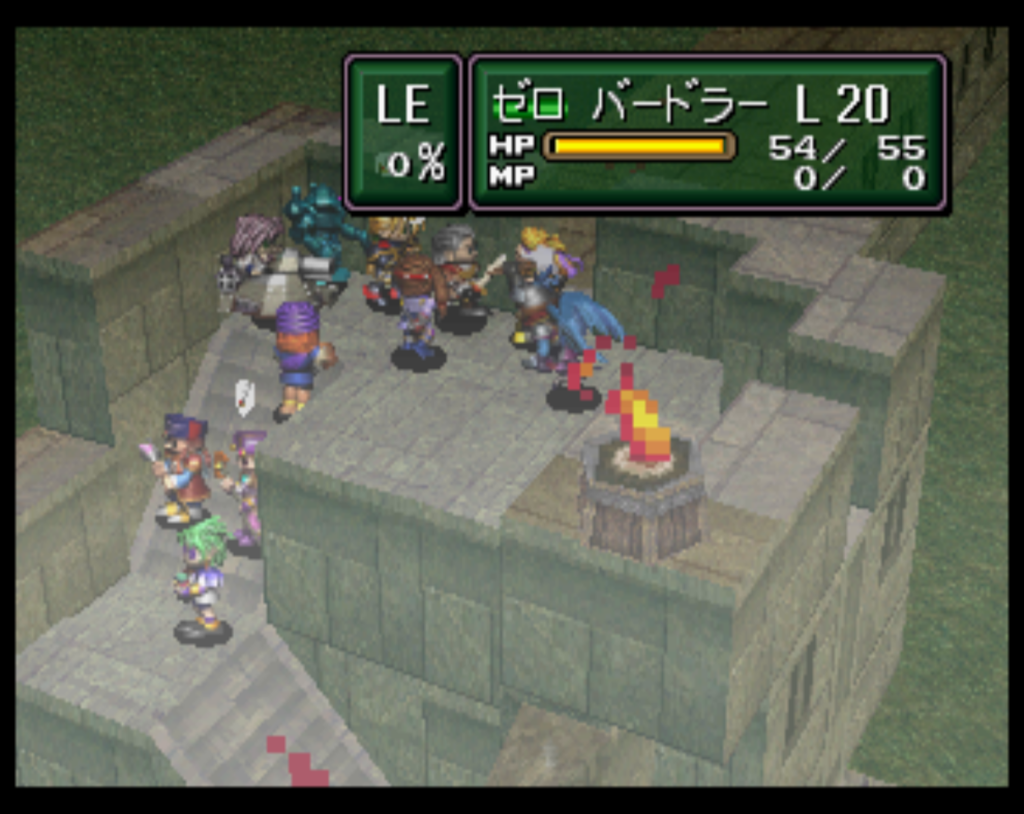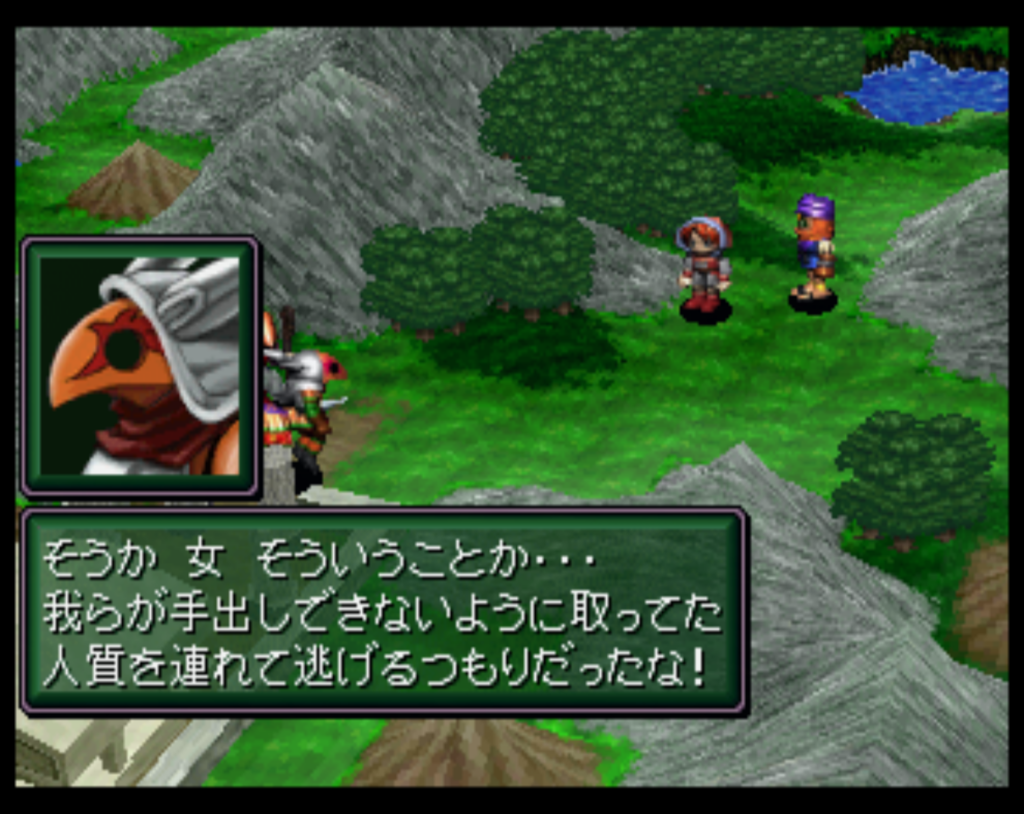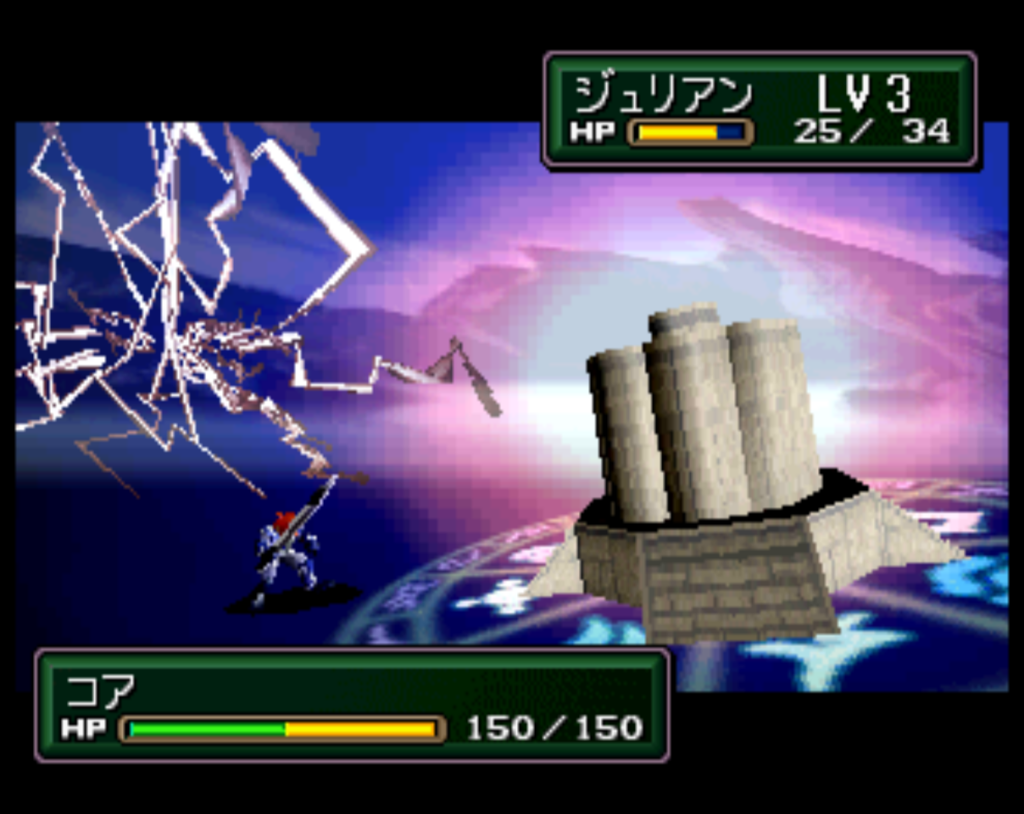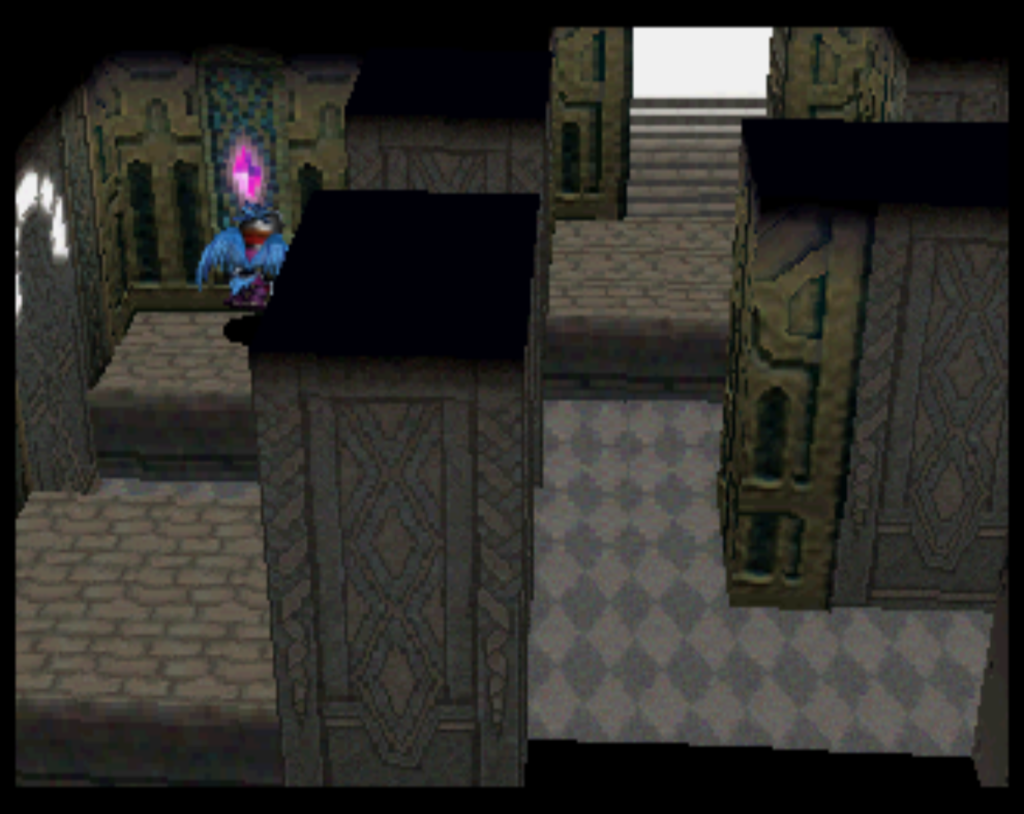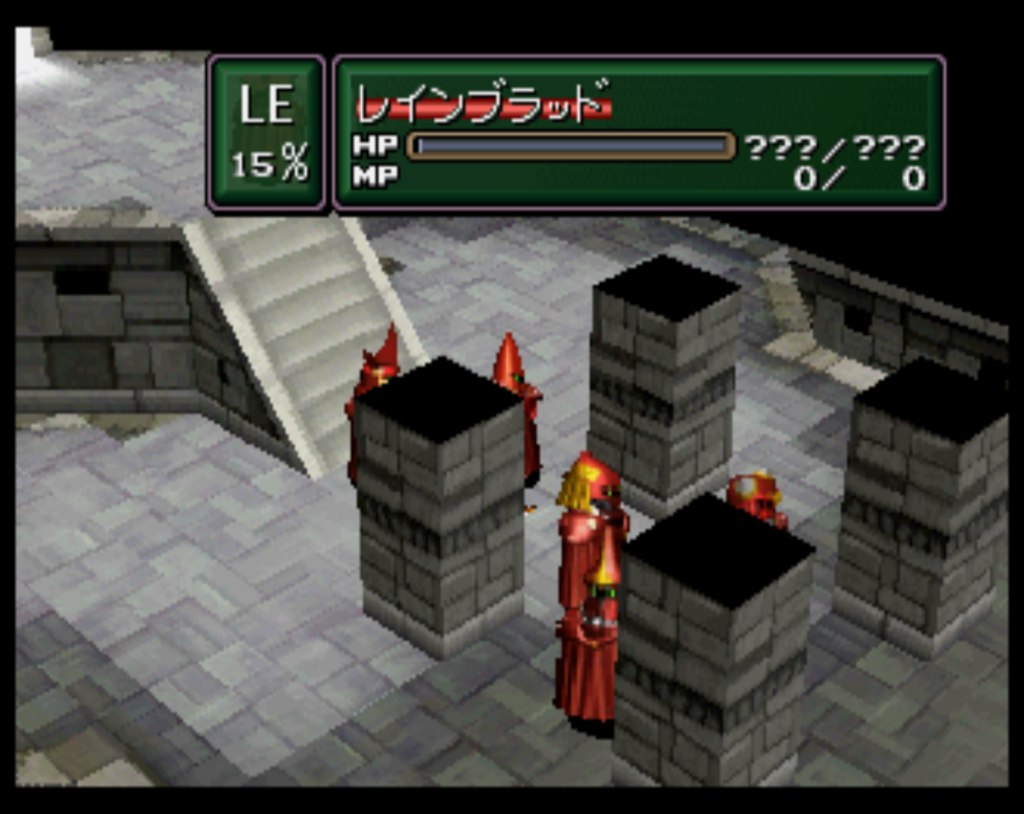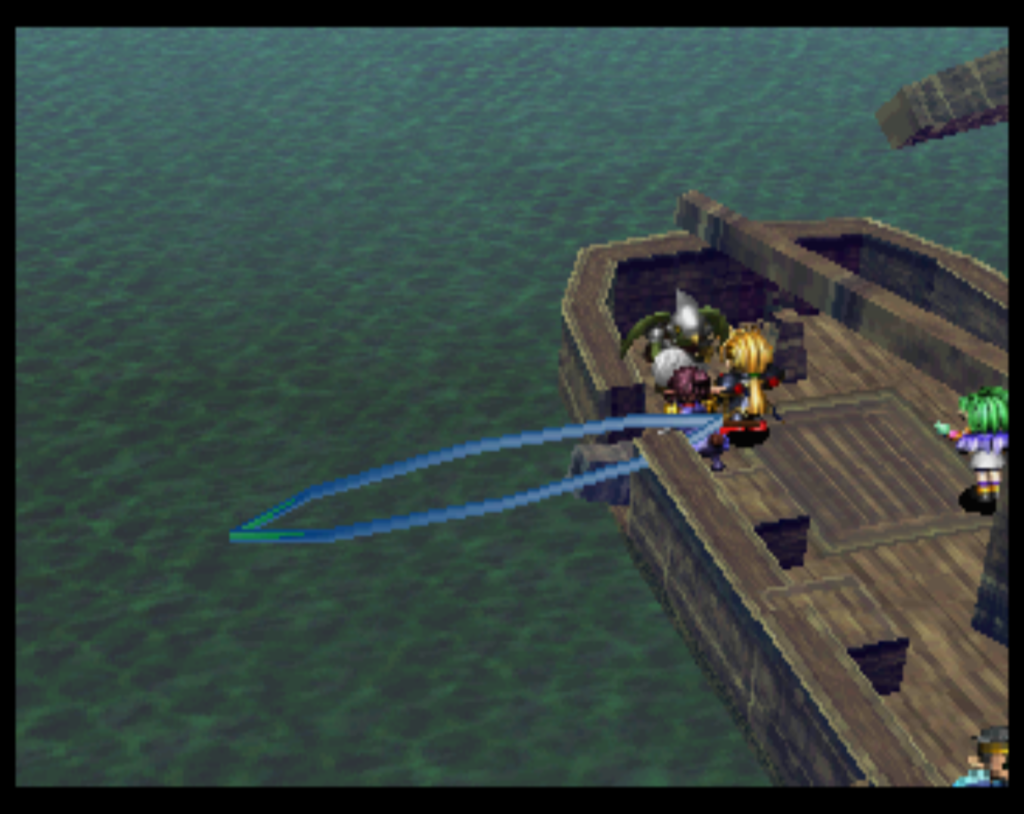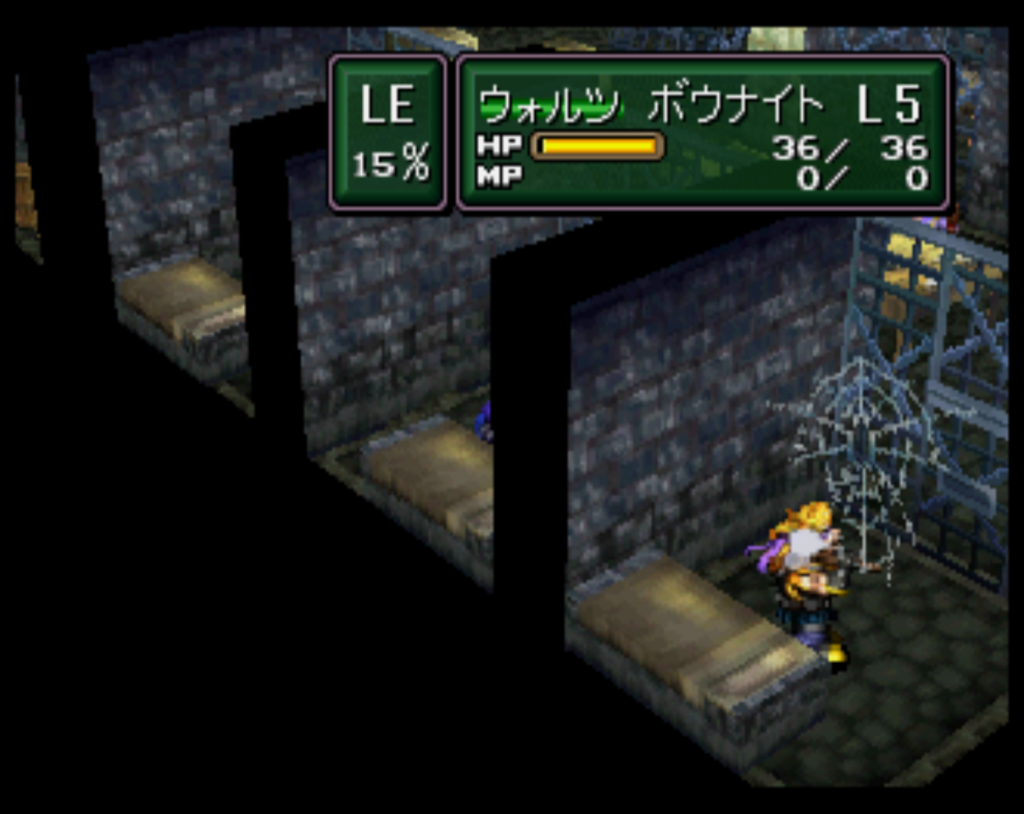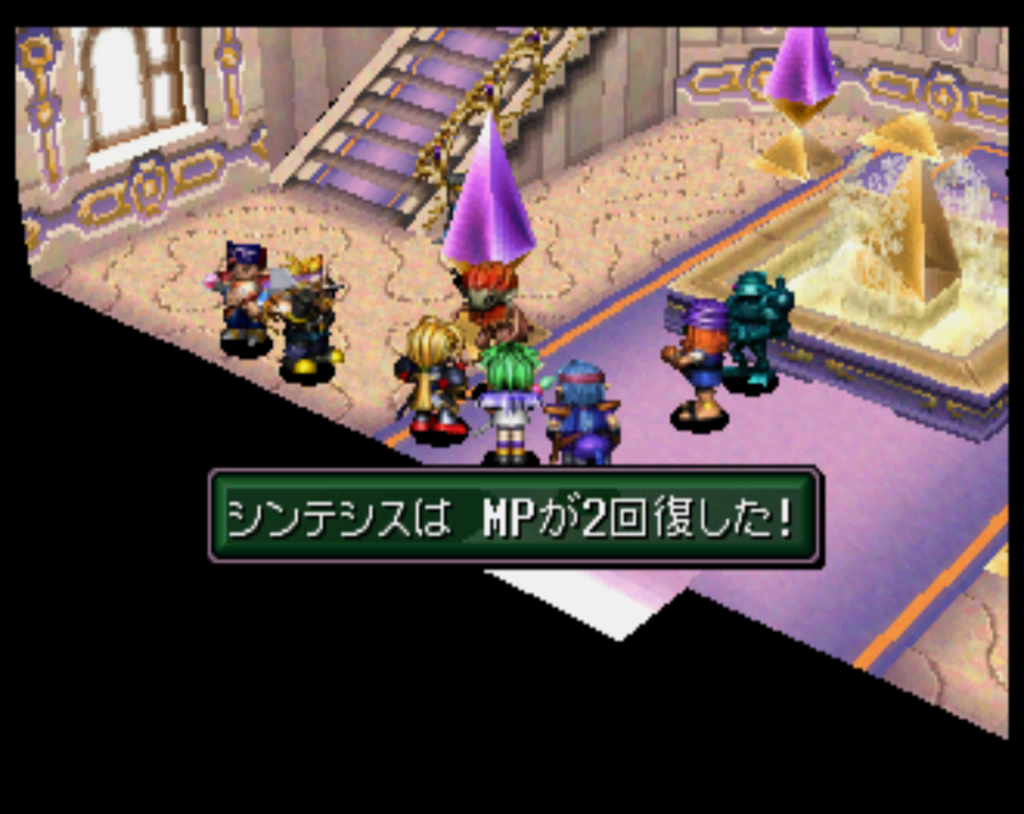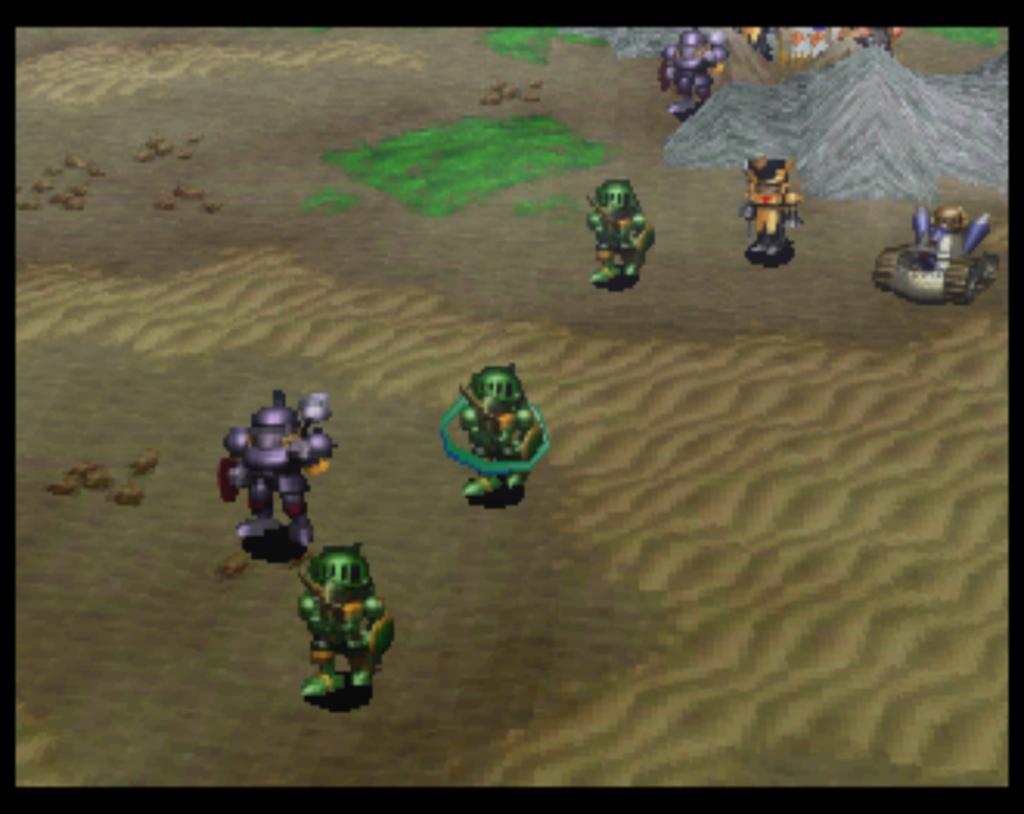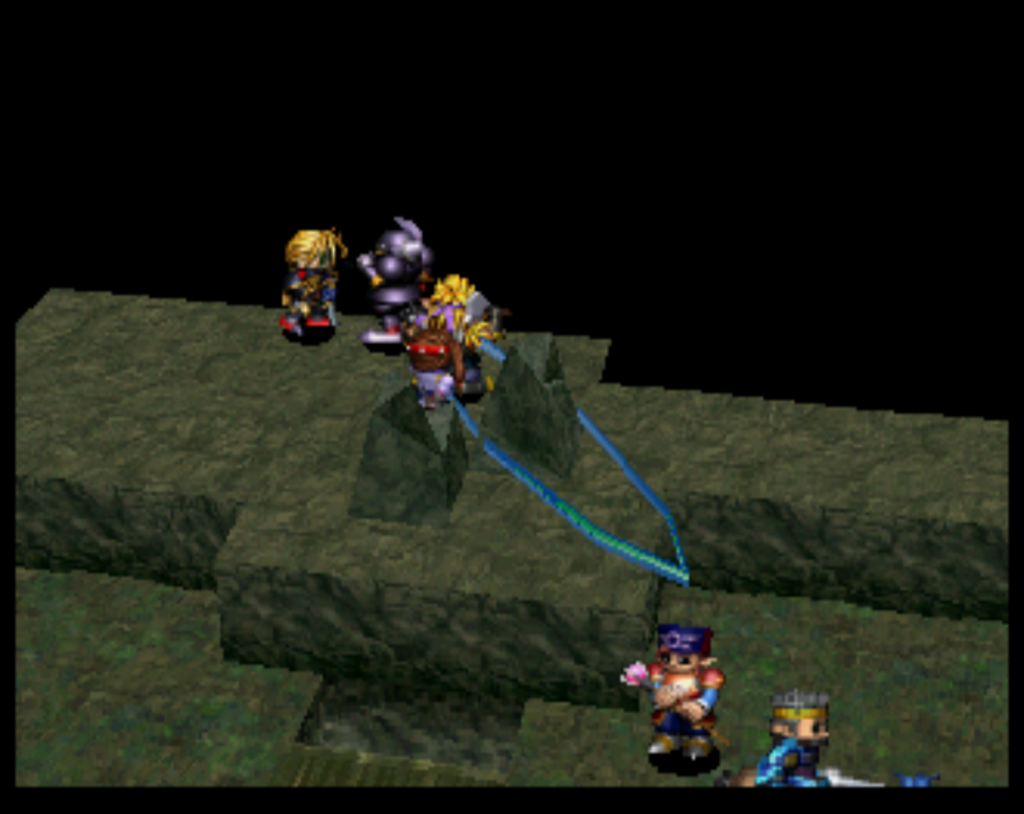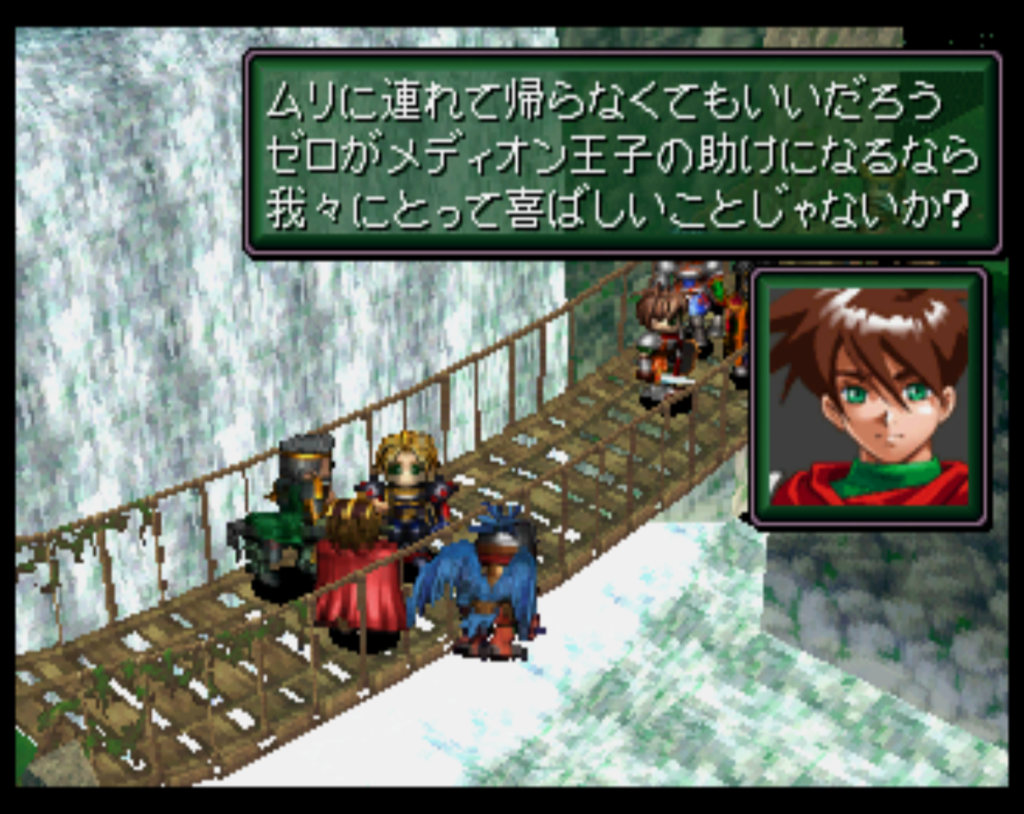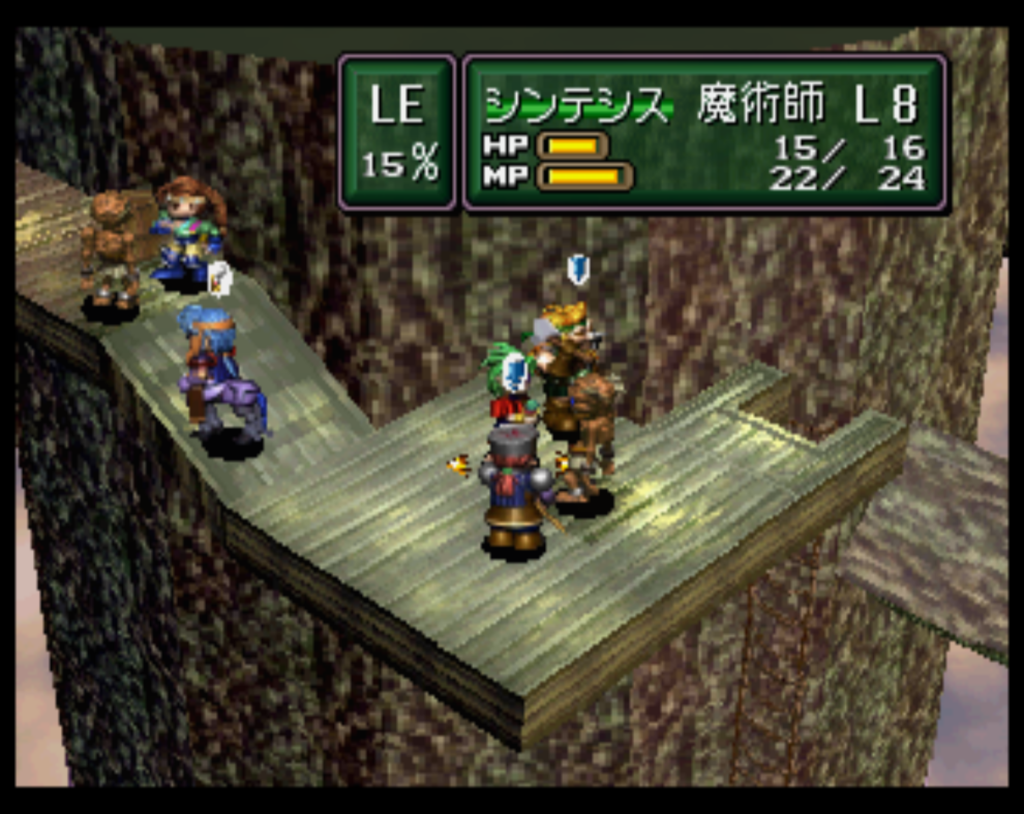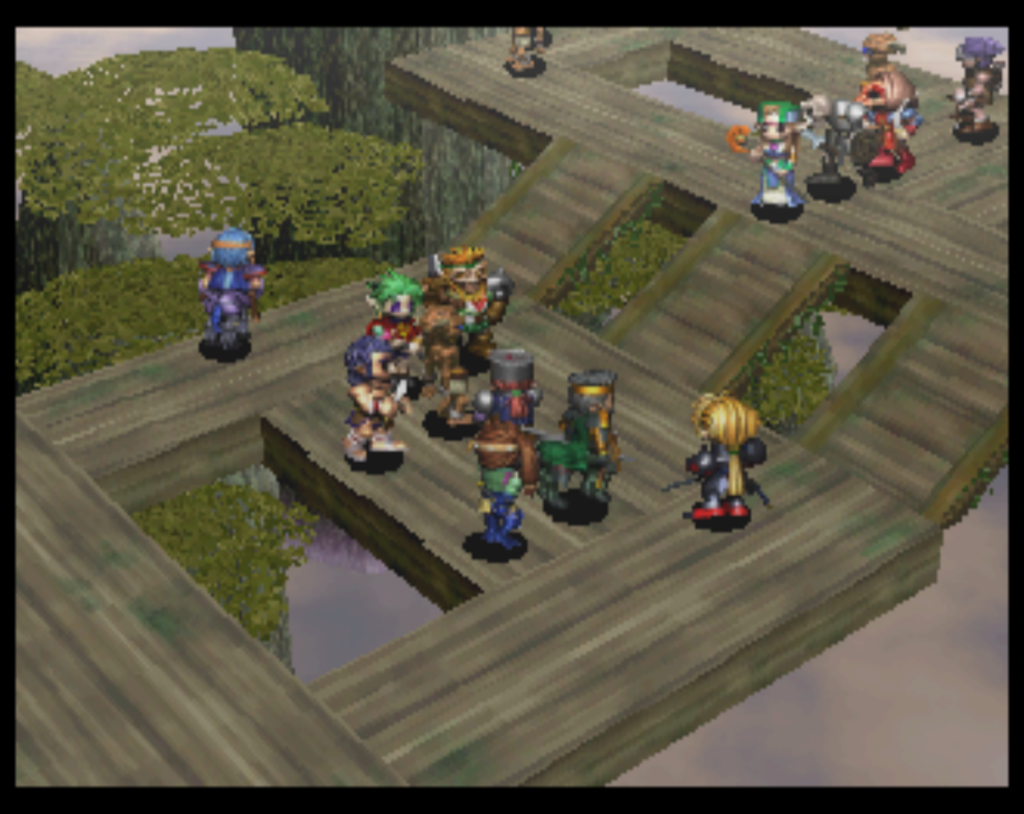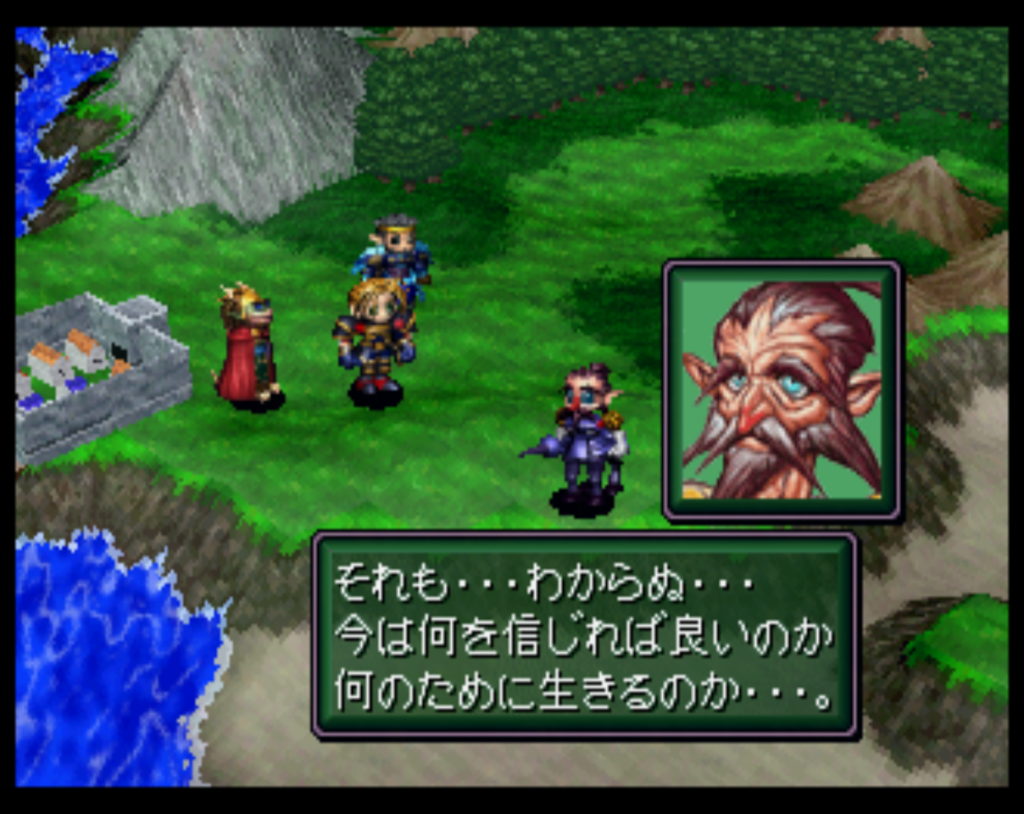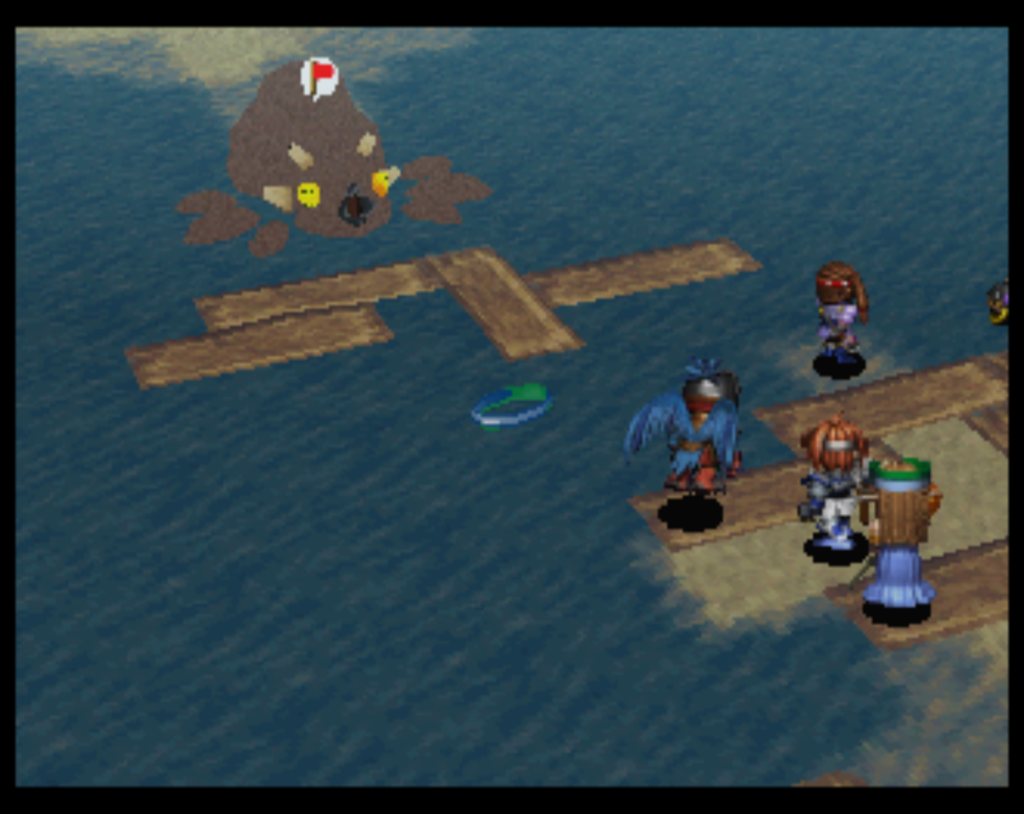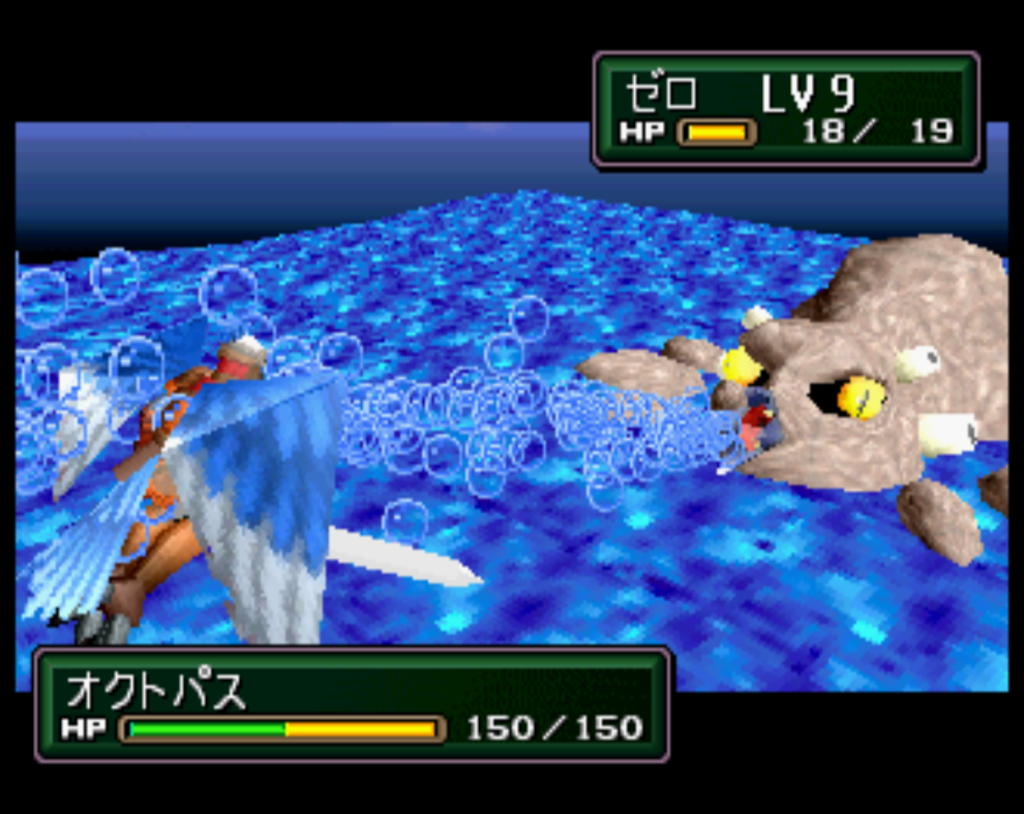Ys: Ark of Naphishtim (イース -ナピシュテムの匣), released 3/10/2005, developed by Konami, published by Konami Shanghai

I’ve had Ys VI for quite a while (I either bought it right before I left Japan in 2005, or more likely I bought it in 2013 on another trip). I was waiting to play it until I had finished the other Ys games before it, which I’ve finally done, so I can play this game I’ve had sitting around for ages. Because I played it on an actual PS2 I wasn’t able to take screenshots, so I’ll have to try to borrow some screenshots from the internet to do this post.
The Ys series started out with the hugely popular Ys I&II — not just the successful computer originals but the highly regarded PC Engine port. After that, though, the original team disbanded. Ys III’s side scrolling gameplay was not as well liked, and the ports weren’t great. Ys IV had the weird double release, with a (rather bad) Super Famicom game and a better PC Engine game — although by this time, the “run into enemies” style was pretty out of date. Ys V finally added more action elements, but that game had a number of problems as well.
It was 8 years before Ys VI came out, and I wonder whether at the time people thought the Ys series was just dead. In 2003, Ys VI finally appeared, as well as PS2 ports of the first three games. The PS2 port of Ys VI (with the number dropped) was released a few years later in 2005 — as usual the port was not handled by Falcom.

One big change between Ys 3 and 6 is that the mess of competing computers (PC-98, MSX, etc) had been swept aside and replaced with Microsoft Windows, which probably allowed for easier development. DirectX 9 was out by this point. Obviously the graphics are far better than anything the series had seen before, and the technological advancements also allowed for a more fast-paced, action oriented game.
Adol can do a basic attack, but you can hit the button several times to chain attacks together. You also have a jump-spin attack, a downstab attack, and a few more things that I never really used much because they were too hard for me to execute reliably. (The worst one in this respect was the dash jump, which you need to do in order to access certain treasure chests but I never managed to do it right)

As usual, Adol can do magic-like attacks as well. The way it’s implemented in this game is that you get three different swords, one of each element. By earning Elemen you can upgrade the swords, and as you do so, you gain the ability to use the sword’s associated power. Once you use it, it takes some time to recharge, depending on the level of the sword (I think it also helps it recharge if you beat monsters with it).

The bosses are huge and colorful. This game shares Ys V’s ability to equip an item and carry up to 9 of them, so you can have a lot of healing during a fight. I actually found that this alone did not break the difficulty of the combats — you can do extra levelling and sword crafting to make most bosses much easier (including the final bosses) though.
The game is relatively short, a feature it shares with the previous games. For extras, you have a Time Attack mode (vs all the bosses), a bonus dungeon, some optional bosses and item collection within the game, and harder difficulty levels.

The storyline is the usual Ys fare, where Adol comes to a new place and solves the problem there. For some reason when Konami did the PS2 port they replaced the anime opening with a CG one (contrary to what I’ve seen elsewhere, this was not something done for the English release.) All the lines are voice acted, but the quality varies.
The story brings back a few characters from previous games, particularly Dogi and Terra (from Ys V). But all the returning characters play side parts. The main storyline involves Adol’s ship being attacked by Romun Empire forces, which causes him to shipwreck on Canaan Island, a place that is cut off from the main lands by strong vortexes. He is saved by two daughters of the chieftain of the Eleshia people. He distrusts humans, but Adol slowly wins his trust and then goes out to try to find the magic mirror they have lost. Of course this will eventually lead to stopping a world-destroying evil. The plot is nothing special, but it’s enough to support the action without being so detailed and long that you just want to fight things.

On the whole this is a far better game than Ys 3, the Super Famicom 4, and Ys 5. I still have a strong nostalgic affinity for Ys I&II though. All of the Ys 6 releases are available in English. Unless you really care about voice acting it seems like the PC version (on steam) is the best way to play it.
I will be out of town next weekend, but I will try to schedule a post on Langrisser V.





























